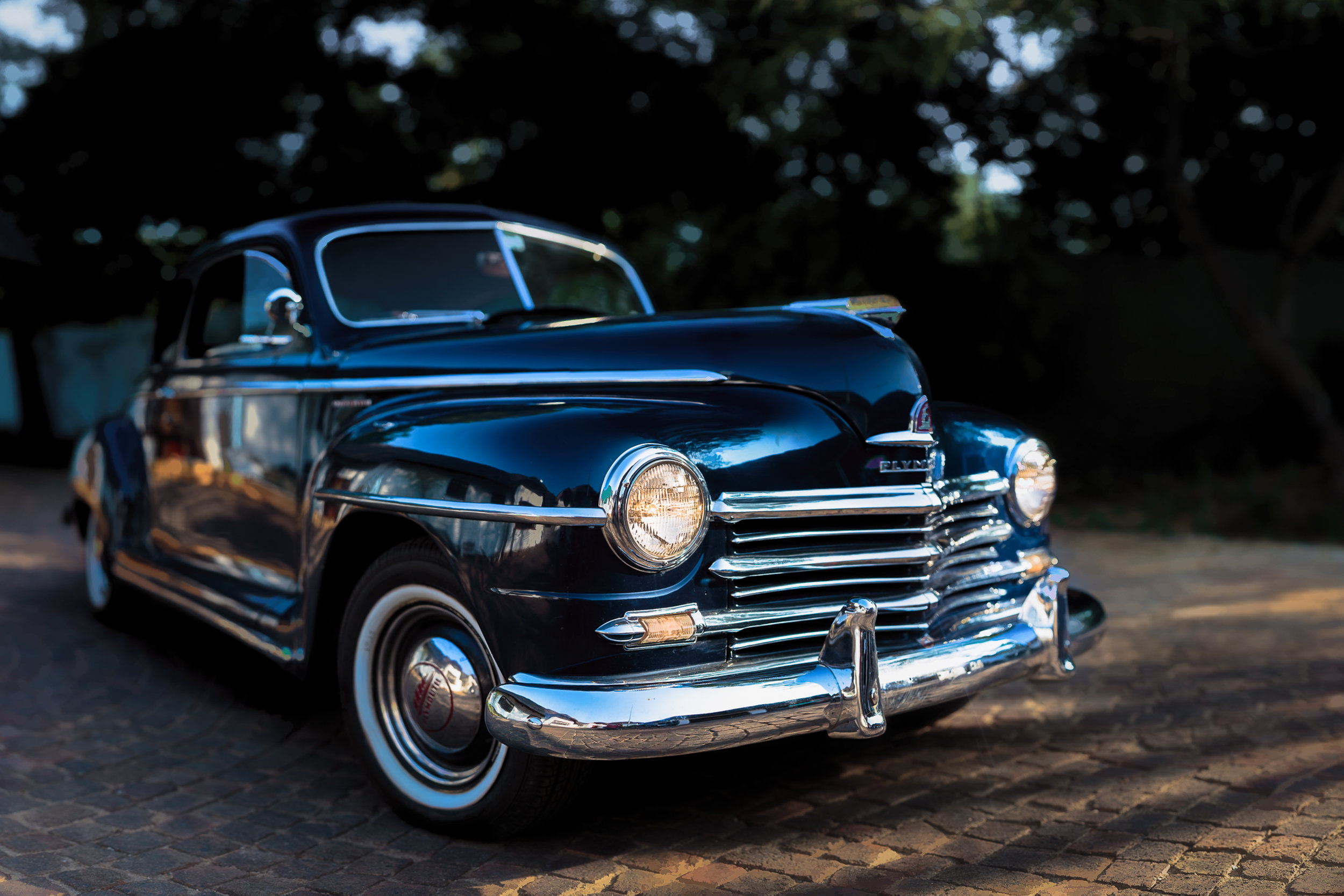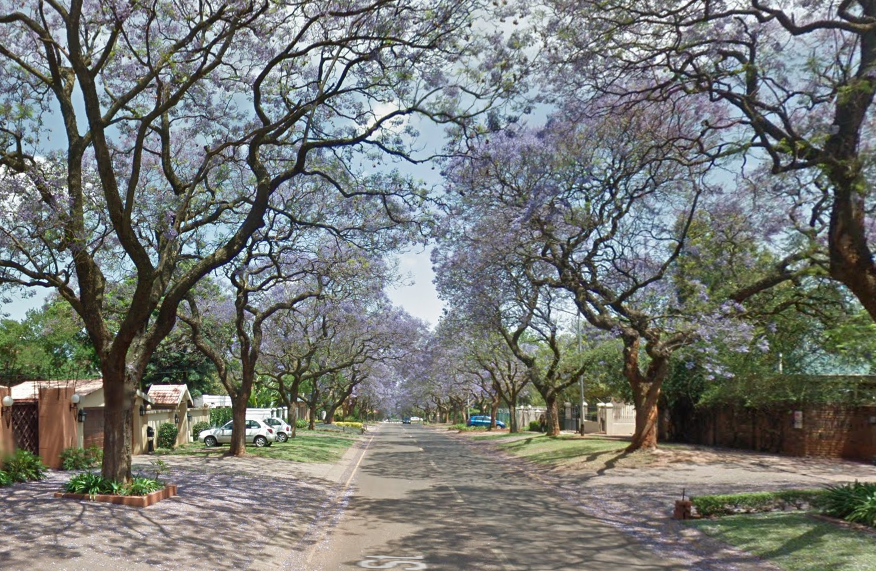Photographs as Production events?
For a while now, I have been photographing much less. There are a whole bunch of reasons for this. One, I want to spend more time with my family. Two, I need to clear out my processing backlog and not add more shots and; three. I’ve started to think about photographs that I want to take long before I take them..
I have, at many times, just visited a location to see what pops up in my viewfinder and I still find that a very enjoyable thing to do but with the contraction of time, I have also had to think much more clearly about what I want to achieve from a visit. I am sick of turning up somewhere, only to be disappointed that I didn’t do better with my shot selection – I am especially sick of doing this at locations many thousands of kilometres (and $$$'s) away!
Gordon's Bay, South Africa.
I have started to think about photographs as productions. You know, like a movie production. They require a script, equipment, a budget, a location and some on-screen talent. This applies as much to a visit to my favourite local reserve as it does for a trip to Southern Namibia.
This idea has taken a long while to gel in my head, perhaps because I am a loner and like to do things on my own terms and in my own time, or perhaps because I don’t spend any time at photo-clubs or talking much to other photographers, or maybe, it’s not something that people generally worry about!
Certainly, for pros, the idea must seem pretty obvious but for the average wildlife ‘tog, like me, it has been quite a revelation!
Golden Gate Highlands panorama.
The Year Planner
By Daderot (Own work) [Public domain or CC0], via Wikimedia Commons
We all know what year planners are and possibly some of us still use the old wall chart type. I build my year planner around locations I want to visit and the best seasons to visit them.
I use a spreadsheet and I try to include all the spots that I am anxious to visit and the best time of year to produce the images I have in mind.
This allows me to glance at the chart and to determine exactly where I should be going and when I should be there (when time allows).
I don’t like to start my year plan on January the 1st because it falls right in the middle of the southern summer and much of my photography (and leave) revolves around those months. Instead, I like to start on the 1st July.
The Shot Plan
Once I have a location selected (or a set of locations) I start with the basic shot plan. This is mainly a bulleted list that I brainstorm for a few days. The idea is to isolate the types of shots I am interested in taking when I travel.
I make this list pretty broad and categorise it. Once I’ve sketched out my ideas I go through the list again and isolate the ‘Hero shots’ – i.e. the ones I really want to get.
Black Hills Panorama, Upington, South Africa.
The Ideas Board
Pinterest is a relatively new thing for me, I have previously used Evernote for this task as well. I create a hidden board on Pinterest and start to accumulate shots similar to the ones I want to take. The shots aren’t always in the same location but it is the visual prompts and stimulations that help to encourage creativity.
Another advantage is, that Pinterest will suggest similar images and these may well hold some gems too.
The Ideas Board might not always have explicit shots in it. Sometimes it relates to techniques and approaches that I want to remember, articles, reference material and maybe just colours I want to explore.
If I see something interesting, I may also amend my shot plan.
1948 Plymouth Panorama (6 shots in 2 Rows)
The Hero Shots
My Astrophotography Workflow for those cold tired nights...
The Hero Shots list, is simply a more specific addition to my Shot Plan. The aim is to really isolate the particular shots I am after. This helps to focus specific attention on the precise locations and times I need as well as providing the basis for an equipment list and travel itinerary.
If necessary, I will also include the details, cheat-sheets and research for achieving the shots as well as some inspirational items from the Ideas Board.
Wildebeest amongst Lilies, Liuwa Plains, Zambia.
The Equipment List
One needs equipment to produce a result. It doesn’t always need to be fancy equipment, but it does always need to be something you actually have with you!
I remember arriving at a destination and suddenly realising that I had left my polarising filter behind. I was planning to shoot a lot of foliage and water, subjects that REALLY benefit from polarisers. If it hadn’t been the Easter weekend, I would have driven the 600km round trip back home to get it. Now, those pics are semi-buried in my archive – I am unhappy with them.
The equipment list should be efficient, the minimum necessary to achieve the shots you want. I like to start out with quite a broad list and then eliminate items as I eliminate Hero Shots from the final list.
The Location Notes
Generally, I am visiting a new location. I find there is pretty much nothing that stands in the way of a good photo more than unfamiliarity. I like to research as much as I can and that includes visiting web resources, other photographers websites, calling in on Facebook friends for advice, contacting local establishments (and sometimes guides).
I like to do everything I can to maximise my chances of being at the spot at the right time, with the right equipment, the right subject and in the most creative frame of mind (i.e. make sure you haven’t had an argument with your husband/wife/friend because you haven’t planned dinner or got lost…)
I often take screenshots of the location and topography, as well as utilise satellite images from Google Earth and the Photographer’s Ephemeris.
These tools can be invaluable to give one, at least a little sense of place before arrival.
Stars and Quivertrees, Northern Cape, South Africa.
The Google guys have even been helpful enough to include flowering Jacarandas in this shot – perfect for Location Research!
Jacaranda trees before dawn, Pretoria, South Africa.
I'd love to hear about your techniques and what you find works for you. Do you think it is better to be purely spontaneous when visiting a new place or, like me, do you think it needs to be balanced with planning? Let me know!




![By Daderot (Own work) [Public domain or CC0], via Wikimedia Commons](https://images.squarespace-cdn.com/content/v1/586fc0a6bf629abf69254ce7/1505833673862-XV5E4Z5WX2H7DIMUU9HV/photography_shooting_timetable)








